Portal:Cetaceans/Selected Picture
Selected Picture 1
Portal:Cetaceans/Selected Picture/1
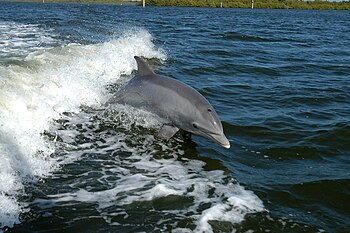
(Pictured) A
Selected Picture 2
Portal:Cetaceans/Selected Picture/2

When
Selected Picture 3
Portal:Cetaceans/Selected Picture/3
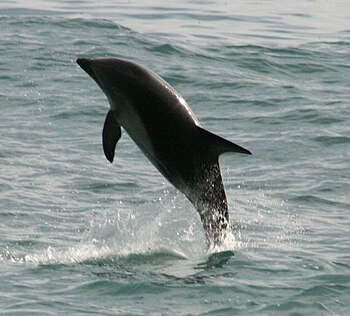
The
Selected Picture 4
Portal:Cetaceans/Selected Picture/4

The
Selected Picture 5
Portal:Cetaceans/Selected Picture/5
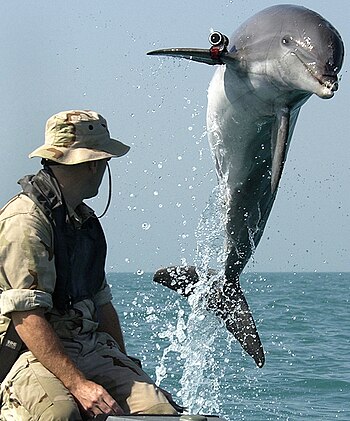
A
The
Selected Picture 6
Portal:Cetaceans/Selected Picture/6

A Blue whale skeleton, outside the Long Marine Laboratory at the University of California, Santa Cruz.
Blue Whales are the largest animal ever to have existed. Hunting of Blue Whales has led to a severe decline in numbers across the globe.
Selected Picture 7
Portal:Cetaceans/Selected Picture/7

Dolphins have a streamlined
Selected Picture 8
Portal:Cetaceans/Selected Picture/8

Whaling in Norway is a centuries long tradition in Northern Norway. Only Minke whaling is permitted, from a population of 110,000 animals in the North east Atlantic and is argued by proponents and government officials to be sustainable.
Selected Picture 9
Portal:Cetaceans/Selected Picture/9
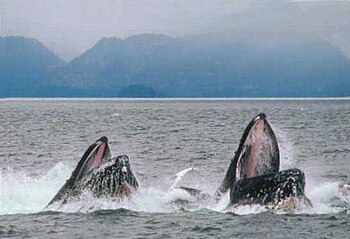
More on
Selected Picture 10
Portal:Cetaceans/Selected Picture/10

The Fin Whale, at 27 metres long, is the second largest whale and animal after the
poles and relatively small areas of water away from the large oceans.More on
Selected Picture 11
Portal:Cetaceans/Selected Picture/11
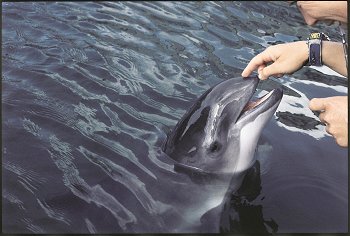
The Harbour Porpoise (Phocoena phocoena) is one of six
More on the
Selected Picture 12
Portal:Cetaceans/Selected Picture/12

Baleen makes up baleen plates, which are arranged in two
More on baleen
Selected Picture 13
Portal:Cetaceans/Selected Picture/13

Many whales are known to breach the waters surface. The act of leaping generates more power than any other act performed by a non-human animal.
Some whales, such as
More on
Selected Picture 14
Portal:Cetaceans/Selected Picture/14

A dolphinarium is an aquarium for dolphins. The dolphins are usually kept in a large pool, though occasionally they may be kept in pens in the open sea, either for research or for public performances. Some dolphinariums consist of one pool where dolphins perform for the public (such as above at Loro Parque), others have expanded into much larger parks, keeping other marine animals and having other attractions.
More on dolphinariums
